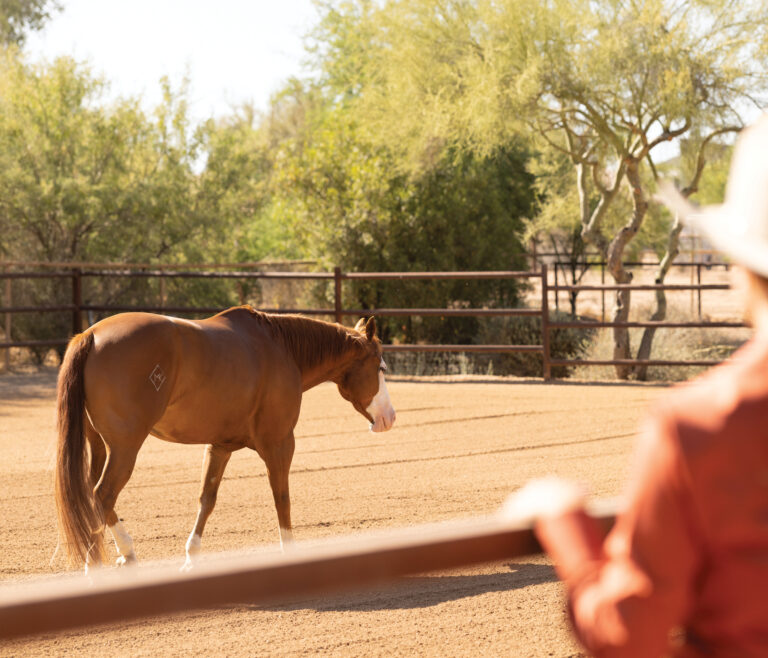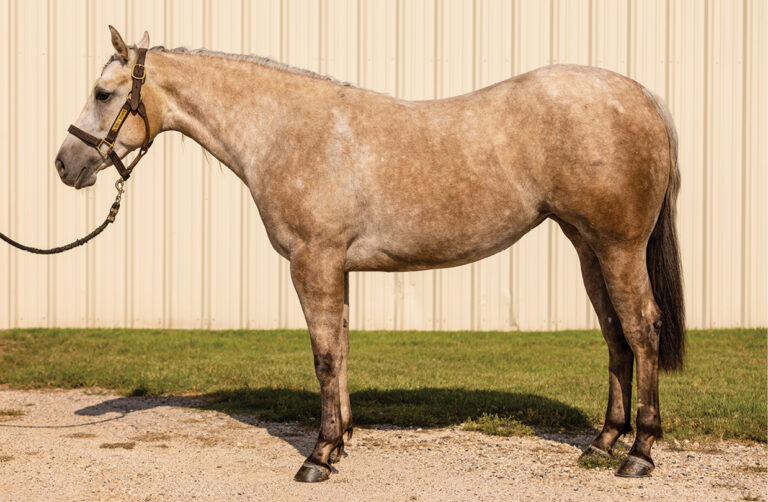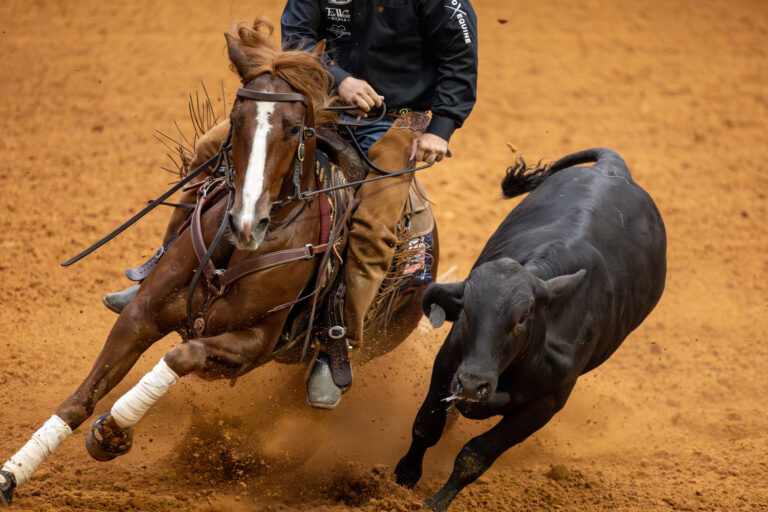Rough or hard footing, an impact, a coronary band injury, illness, flawed conformation, hoof imbalance, poor shoeing, and even inadequate nutrition can all play a role in a hoof crack.

Location
Hoof wall cracks may appear at the hoof’s toe, heel, or along the sides, areas known as the quarters. Cracks may start at the hoof’s bottom edge and work their way up or start at the coronet and work their way down. The underside of the hoof—the sole and bars—can also sustain cracks, usually due to an impact.
Quarter cracks, some of the most troublesome, can be caused by uneven loading or torsion that stems from conformation defects or hoof imbalance. Often starting at the coronary band and spreading downward, they can be deep and painful, affecting the hoof’s sensitive laminae.
Read More: Hoof Nourishment
Treatment

Superficial cracks that start at the bottom edge of the hoof and extend up may be easily dealt with by keeping timely farrier appointments. However, a deep crack from the bottom up may require prompt attention from a farrier or veterinarian, and any crack starting at the coronary band should be addressed by a farrier or veterinarian.
Treatment for more serious cracks often involves balancing and stabilizing the hoof with a shoe, which may be an adhesive shoe, and sometimes wire sutures or patching materials, such as polyurethanes or acrylics. The goal of these materials is immobilizing the crack so new hoof can grow down from the coronary band without splitting. Heel cracks can prove difficult because there isn’t much hoof to help with the stabilizing effort.
Prevention
Here are a few things you can do to maintain healthy hooves:
- clean and inspect your horse’s feet daily.
- choose the best-qualified farrier available to keep hooves properly balanced.
- maintain a farrier schedule that’s optimum for your horse.
- use bell boots to avoid or minimize coronary band injuries.
- provide proper nutrition and supplements to enable your horse to grow healthy hooves.
- avoid keeping your horse in an environment that is too wet, too dry, or too hard.




